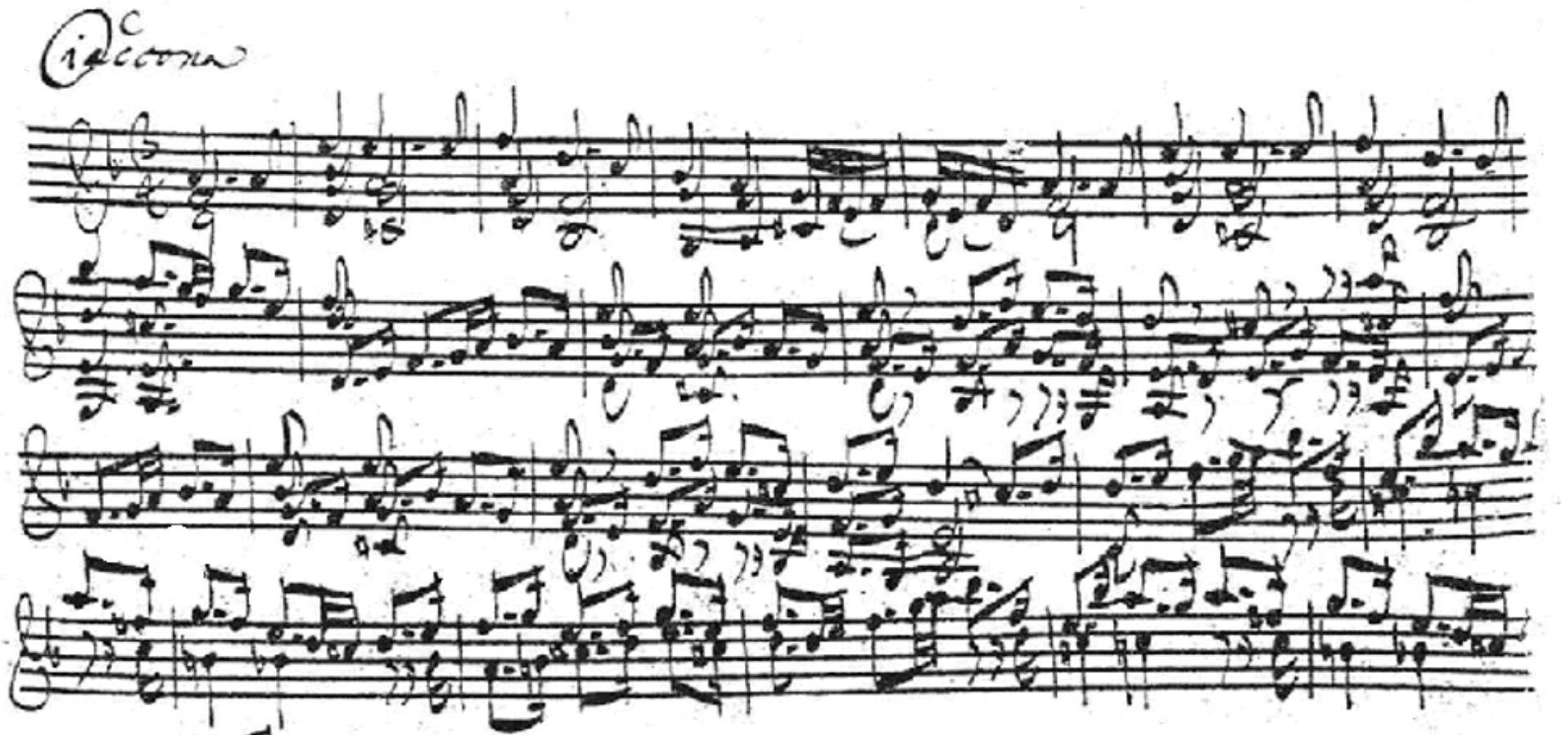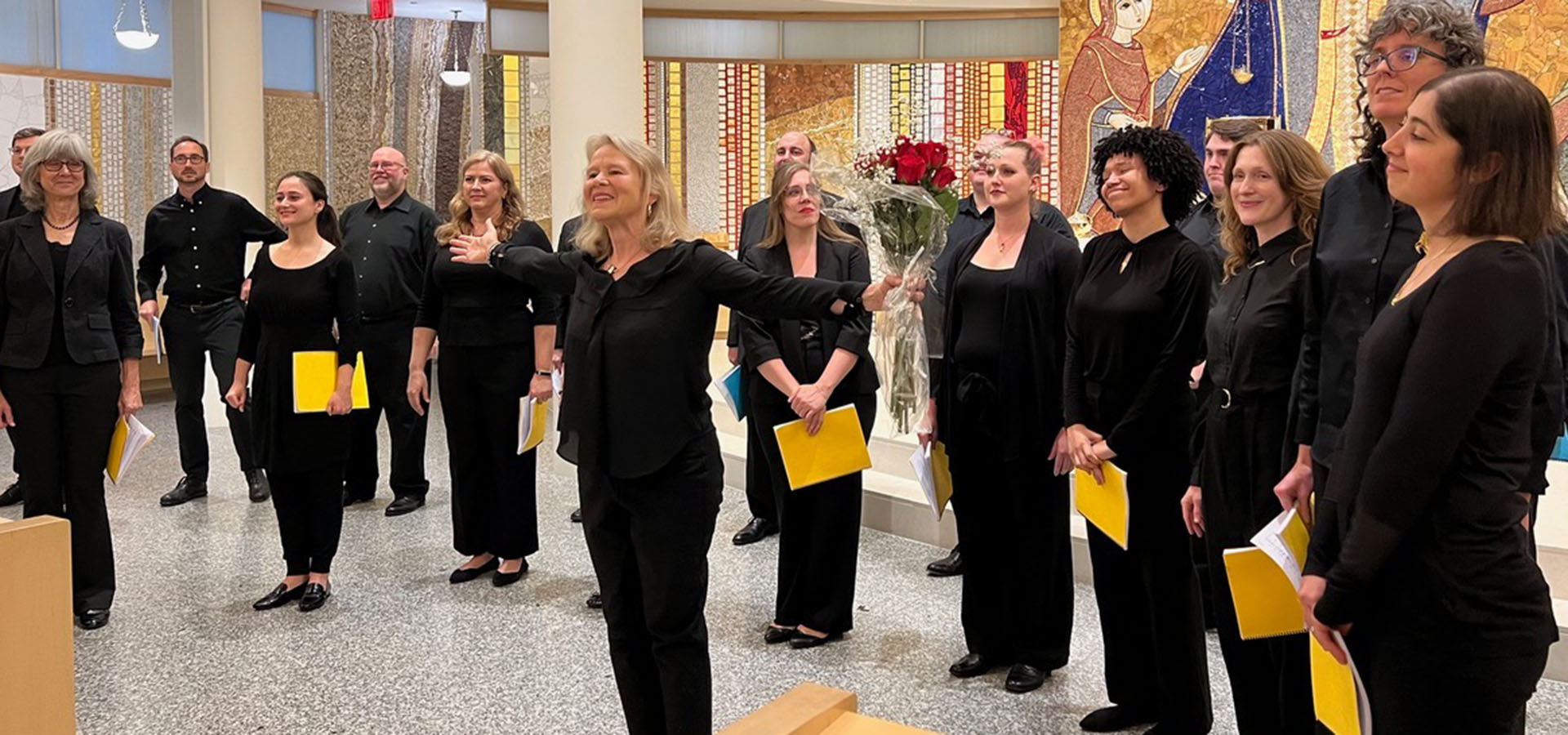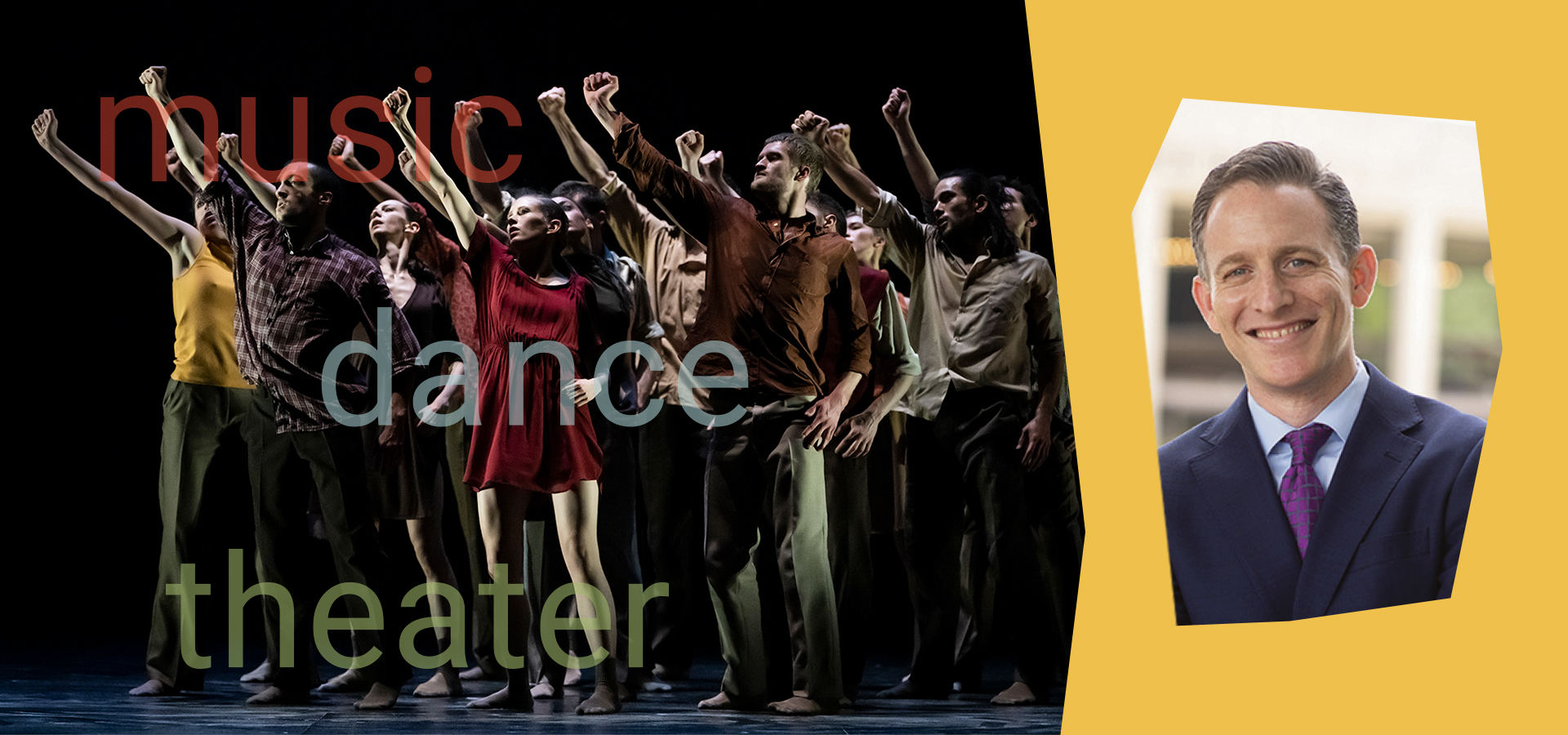
What Makes Bach’s Sonatas & Partitas for Solo Violin Significant?
“You’re witnessing something grand, and a personal communion simultaneously.”
Video editing by Tiffany Valvo, Cal Performances’ Social Media and Digital Content Specialist; Music bed: Leonidas Kavakos, Bach’s six Sonatas & Partitas for Solo Violin, Various
Considered both an invitation and a challenge to violinists, Bach’s Sonatas & Partitas for Solo Violin come with a title—“Sei Solo”—that in Italian both describes the work itself (“Six Solos”) and acts as a sobering reminder to the player (“You are alone”). Ahead of Leondias Kavakos’ performance of these works in November 2024, Cal Performances’ Executive & Artistic Director Jeremy Geffen breaks down what makes these works so notable and why hearing Kavakos play them is a special opportunity. Geffen covers:
- 00:00 Intro
- 00:43 What is so significant about these works?
- 1:33 What’s a sonata?
- 3:48 What’s a partita?
- 4:53 What makes hearing Leonidas Kavakos playing these pieces so special?
- 5:37 What’s your favorite movement?
Transcript
Jeremy Geffen:
It is some of the most moving music ever created. And there’s also something about the visual of one person up on that stage with a little thing right here, two little things making all of this sound, all of this expression, and creating something that is just enormous and completely intimate, something grand and a personal communion simultaneously. Bach’s six Sonatas and Partitas for Solo Violin occupy a particularly vaunted position in the classical music repertoire overall, but specifically in the life of any violinist and actually most string players. Violinists spend their entire careers coming up with their approach to these pieces. Any time one has the opportunity to hear all of these pieces together is a major moment. And to have Leonidas Kavakos, who is accepted as one of the greatest violinists of our time, come here and play these on our stage means a great deal to this community, certainly to me. And it’s something that I’ve been greatly looking forward to as we plan the season.
The term “sonata” actually just comes from a Latin word that means “to sound.” We tend to think of the romantic sonatas being in three movements: fast, slow, fast. That was not the form that Bach used. And, in fact, over the course of his career, he basically stuck with a four movement sonata: a slow movement, a fast movement, a slow movement, a fast movement. The first fast movement in those sonatas is always a fugue. And Bach was pretty well associated with fugue, still is today. [Learn more about Bach’s fugues.] He was a master of counterpoint. These are not short pieces. The fugue in the third sonata, the C major sonata, is an 11-minute work. It is the type of 11-minute work where you think, “Please get that guy some Gatorade afterwards,” because it is so taxing that these sonatas have some of the most deep, slow movements. Sometimes in the slow movement of the third sonata, they’re quite simple and direct, and sometimes he’s taking you into a very complicated emotional landscape, which is all the more remarkable because they’re not very long movements. So what he’s able to accomplish in this very small frame is a testament to the genius of the composer. And then I think about the last movements of these pieces. The last movement of the A minor, the second sonata, or of the C major, they are so full of joy. I mean the C major one, you’ll burst out of your seat. There is a type of exuberance in the human experience that is infectious, and it makes you wonder about the complexity of the human being that was able to write such a variety of works.
Partitas are a slightly different story. The term “partita” really refers to a collection of dances. He takes a different approach with each one of the three partitas. The first partita, the B minor, consists of four movements, and then he goes somewhere completely different with the D minor partita. Now the D minor partita, the second partita, contains perhaps the most famous movement in all these six pieces and one of the most famous pieces that Bach wrote overall, which is the 13- to 15- minute chaconne that ends the piece. It’s sort of like a Baroque cathedral in a violin form. He is building this extraordinary structure. You’re witnessing something grand and a personal communion simultaneously.
Leonidas Kavakos is no stranger to Berkeley. Over the last 15 years, has come into his own, not only as a violinist, but as a conductor. He is one of the most extraordinarily generous, funny, kind people I’ve worked with offstage. And that generosity of spirit combined with this incredible violin ability that allows him to transmit every idea he has in the way that he wants to makes him unique among performers today.
I would say that my answer to that [Which is your favorite movement?] really depends on the moment. There are… I think there’s a movement for every mood. It’s hard not to single out the chaconne because it has everything in it, and somehow it fills me up every time I hear it. But there are others. The prelude to the third partita, the last movement of the C major sonata, the slow movement of the C major sonata, the fugue from the G minor sonata, the opening movement of the G minor sonata… They’re all great.



